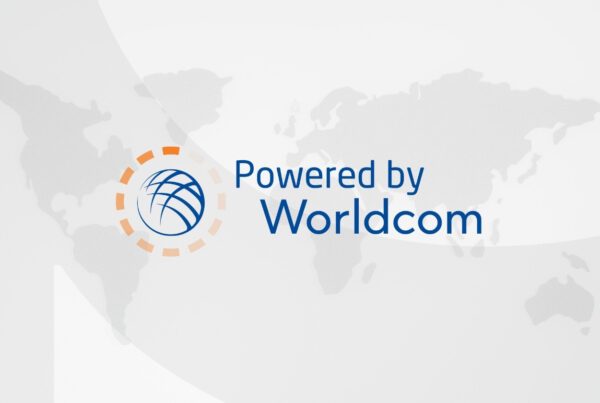By Noemi Pollack
Almost a year ago, on April 17 of ’09, in my blog titled, Bringing Brands Down Without A Safety Net… I wrote about Domino’s nightmare customer-generated video, showing disgusting and filthy antics from a server in preparing a pizza. The video exploded virally on YouTube, causing unspeakable damage to the 50-year old reputation of the company. As it turns out, the story had a happy ending, with Domino’s ultimate brand pivot — as they reformulated recipes and opened up a first-ever transparency communication on social networks.
Now it’s food giant, Nestlé’s turn to battle social media wars, as Greenpeace-backed environmental activists used social media in the last two weeks, to attack Nestlé over its purchase of palm oil for use in their KitKat candy bars and other products. As reported by Emily Steel of the Wall Street Journal, the protestors “have swamped Nestle’s Facebook page with negative comments, used Twitter as a loud speaker and, posted a negative video on YouTube. The activists claim that, “Nestlé is contributing to the destruction of Indonesia’s rain forest, potentially fueling global warming and endangering orangutans.” Yet according to Nestle, only 1.25% of all the palm oil Nestlé used last year was from the Indonesian firm.
Not much chance that Nestlé will be responsible for destroying any rain forest in the near future. Clearly much ado over nothing, but that’s not the point. It’s out there, regardless.
Look, attacks on brands by individuals or consumer groups are not new. The “genie is out of the bottle” and there is no stuffing it back in anymore. Companies will have to live with the fact that social media has offered all those who wish, a speaker’s platform with a “mega-bullhorn,” giving credence to all, without thought as to “from whose mouth it cometh.” Social media channels have enabled the volume to be turned up and the speed to quicken as to damaging rhetoric, leaving brands exposed and naked, with little recourse how to halt the onslaught.
Nestle’s contemporary dilemma has elicited various responses from professionals. Some have suggested that Nestlé should temporarily shut down its Facebook page. Some have suggested they should cut down any two-way communications for now. Others have encouraged the company to post changes that will abate the protests, which it did, but the din continues. Nestlé itself had asked YouTube to take down the videos, but unfortunately only after the videos had spread virally beyond control.
I would offer that preparedness might be the answer. It always was so, but traditionally crises plans were more geared to accidents, product failures, whistle blowers or general company disasters, such as manufacturing delays. A crisis communication plan clearly should include social media “attacks” from consumer groups, replete with a multi-media planned response approach.
I would add that a policy of ongoing transparency, coupled with daily interaction and consumer engagement can, with any luck, catch a disgruntled comment that can get an immediate response, well before it spirals out of control. May be time consuming to do, but necessary…
The Army had it right – Be Prepared.





